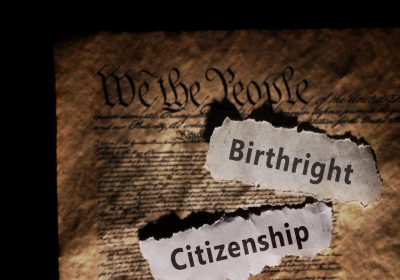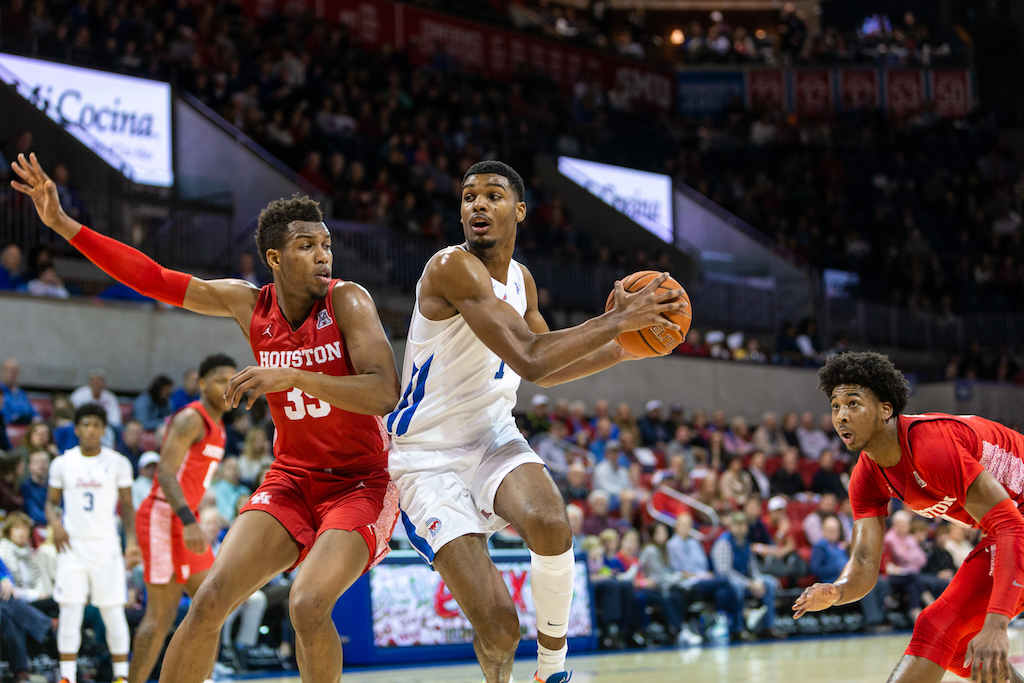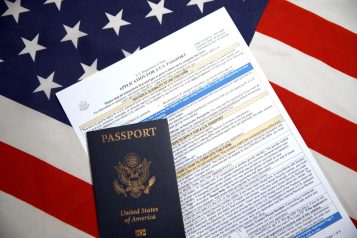A landmark $2.8 billion settlement has been reached in an antitrust lawsuit against the National Collegiate Athletic Association (NCAA) and the nation’s five largest conferences, potentially leading to substantial six-figure payouts for top-tier college players, both past and present.
The lawsuit, spearheaded by former Arizona State swimmer Grant House and current Texas Christian University basketball player Sedona Prince, alleges that the NCAA and the affluent conferences unlawfully restricted athletes from capitalizing on their name, image, and likeness (NIL) for endorsement opportunities.
While the specifics of distribution are yet to be finalized, the agreement mandates a payment of $2.77 billion over a decade to over 14,000 former and current college athletes who were hindered from securing endorsement and sponsorship deals dating back to 2016 due to defunct compensation regulations.
Although subject to approval by the overseeing federal judge and potential challenges, this settlement heralds a transformative era in college sports, potentially aligning compensation practices more closely with those of professional leagues and enabling universities to vie for talent through direct financial incentives.
The NCAA faces a pivotal decision regarding fund allocation: either disbursing a portion of the settlement to colleges nationwide for internal distribution or enlisting an external entity for logistical management. In the latter scenario, determining whether payouts are uniform or merit-based poses a critical deliberation.
Economist and sports marketing professor Tim Derdenger of Carnegie Mellon University posits that a university-led distribution may result in uniform lump sum payments, disregarding individual performance metrics. Conversely, an economist-driven approach would likely prioritize compensation based on athletic achievements.
Notably, experts anticipate that compensation disparities may emerge, with collegiate basketball and football players likely securing the lion’s share of payouts owing to the substantial revenue generated by these sports. Star athletes, such as quarterbacks and point guards, stand to benefit most under this framework.
Nevertheless, athletes from sports with lower revenue-generating potential, such as golf, field hockey, lacrosse, soccer, and volleyball, are also set to receive payments, albeit not reaching six-figure sums due to their sports’ comparatively lower financial returns.
Drawing inspiration from European soccer, Patrick Rishe, a sports business professor at Washington University in St. Louis, advocates for a payment model combining equitable distribution with performance and popularity-based bonuses. Such a hybrid approach could ensure fair compensation while incentivizing participation in high-profile sports.



















